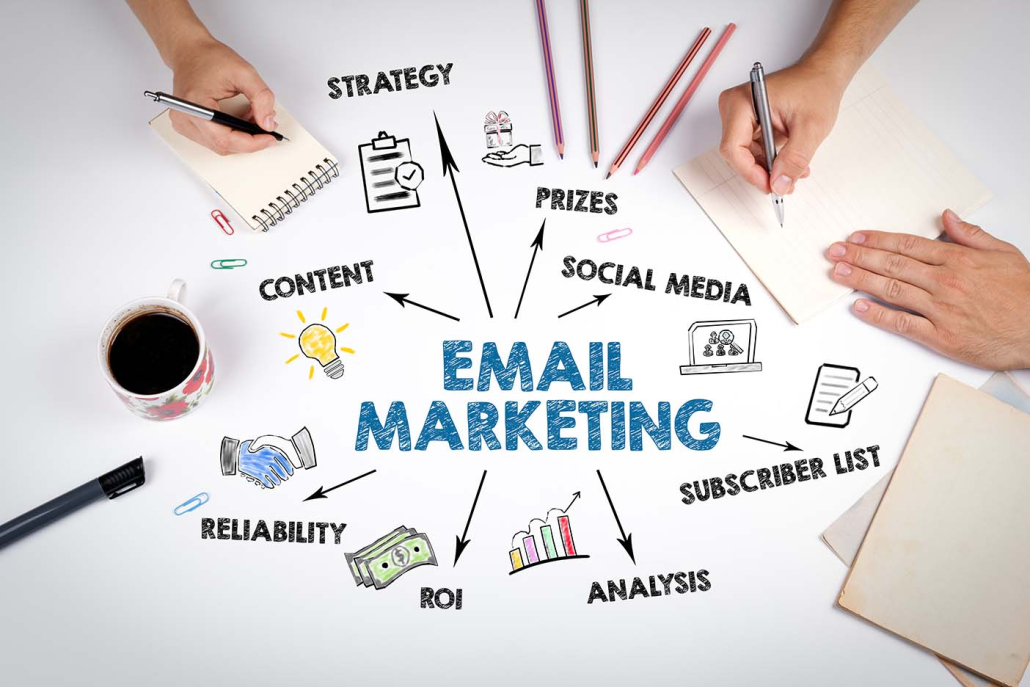Halloween is over. Ghosts and the Monster Mash have been dethroned by the holiday spirt and Mariah Carey. It’s also time for social media channels to shift into holiday gear. So, to start the season, Rosewood is gifting to a list of the major trends that you should consider while creating your social media content for the holiday season of 2022.
Visual Content
Nearly half of consumers want to see images and video of the products they might buy. As a result, visual social media platforms like Instagram and TikTok are especially suited for holiday content. Livestreams on these platforms are also a great opportunity for engagement where you answer questions or provide personalized recommendations to your followers. Overall, ensure your holiday content is going on the right channels.
Experiences and Outside
The last two years have left many wanting for moments outside that the pandemic prevented. As a result, people are putting increasing value in experiences over things. Content that appeals to this desire is perfect for the holidays, especially as many seasonal activities will be resuming this year. People are far less worried it’s cold outside than they are excited about getting to go to holiday markets and winter festivals. Content that includes these holiday experiences is likely to resonate well with your audience. Connect products and/or services you provide to holiday experiences. This product or service might be the perfect thing to unwrap! You can also invite followers to comment about their holiday plans and hopes to create engagement.
Influencer Gift Guides
More than half of social media users buy products based on influencer recommendations. Many influencers now provide gift guides or recommendations as the holidays approach. If you have relationships with influencers, send them a gift or see about the possibility of them recommending one of your products or services as one. If an influencer organically recommends you, be sure to share their content on your own page. Lastly, if you aren’t working with any influencers yet, it can be a good idea. Even for small businesses, micro-influencers can give you a huge social media boost.
User-Generated Content
You might not just have influencers creating content for you. The holidays are a particularly active time on social media. Users will regularly be posting about gifts and services they are giving or receiving. These users are actively making your business a part of their holiday celebrations and experiences, which will lend your brand more authenticity and interest others to do the same. If they tag your business and praise your business, products, or services, then be sure to repost their content on your own page,
Sharing is Caring
You can also use your followers to help spread your business. Many of your followers are those who are interested in your products or services already. This means they probably would like those as gifts this holiday season. Create content that highlights popular products and services with call to actions for followers to share as a gift idea. They can provide a family member or friend a not-so-subtle hint while sharing your content.
Shopping Early
For the last two years, the major surge in holiday shopping has begun in November and now, over half of holiday shopping is done by December 1. Most shoppers look for early holiday sales by November 1 so that’s more and earlier than just black Friday. Highlight deals and offerings now so that they capture your audience’s attention when they are starting their holiday searches.
Last Minute Reminders and “Super Saturday”
While most shopping happens in November, plenty still happens during the quintessential holiday month of December itself. Plus, there are always last-minute purchases happening in-store. Super Saturday, the last Saturday before Christmas, is still a big last-minute shopping day. Continue to highlight special offerings as well as smaller products or services that make perfect last-minute gifts.
Online and In-Store
Most holiday shopping now happens online, especially the first wave in November. Thankfully it is much easier to convert social media engagement into online purchases, so ensure holiday posts include call to actions that direct followers to your e-commerce marketplace.
Delivery Woes
On the other hand, the last two years have also familiarized folks with the constraints of shipping around the holidays. Canada Post and other shipping companies become quickly bogged down by the onslaught of orders. As people have now learned the lesson that holiday gifts might not arrive in time, they are more likely to shop in-person as the holidays get closer. Content that highlights your storefront may induce more to come. Alternatively, if you can guarantee shipping times or use a more local delivery option, highlight that advantage in your content.
Services are Timely
If you’re business focuses on services, the holiday’s delivery woes won’t be an issue, something you can emphasize in your content. However, your business is still limited by its availability and the holidays can be busy. Provide content that highlights your availability and its limits. For both product or service-based businesses, it’s a good practice to communicate when your business is taking its own time to celebrate the holidays.
Enjoy!
The holidays are festive, so have fun with creating this season’s content. If you’re looking for more tips or want some support on your holiday social media trends and content, our marketing team are masters of every social media season.






